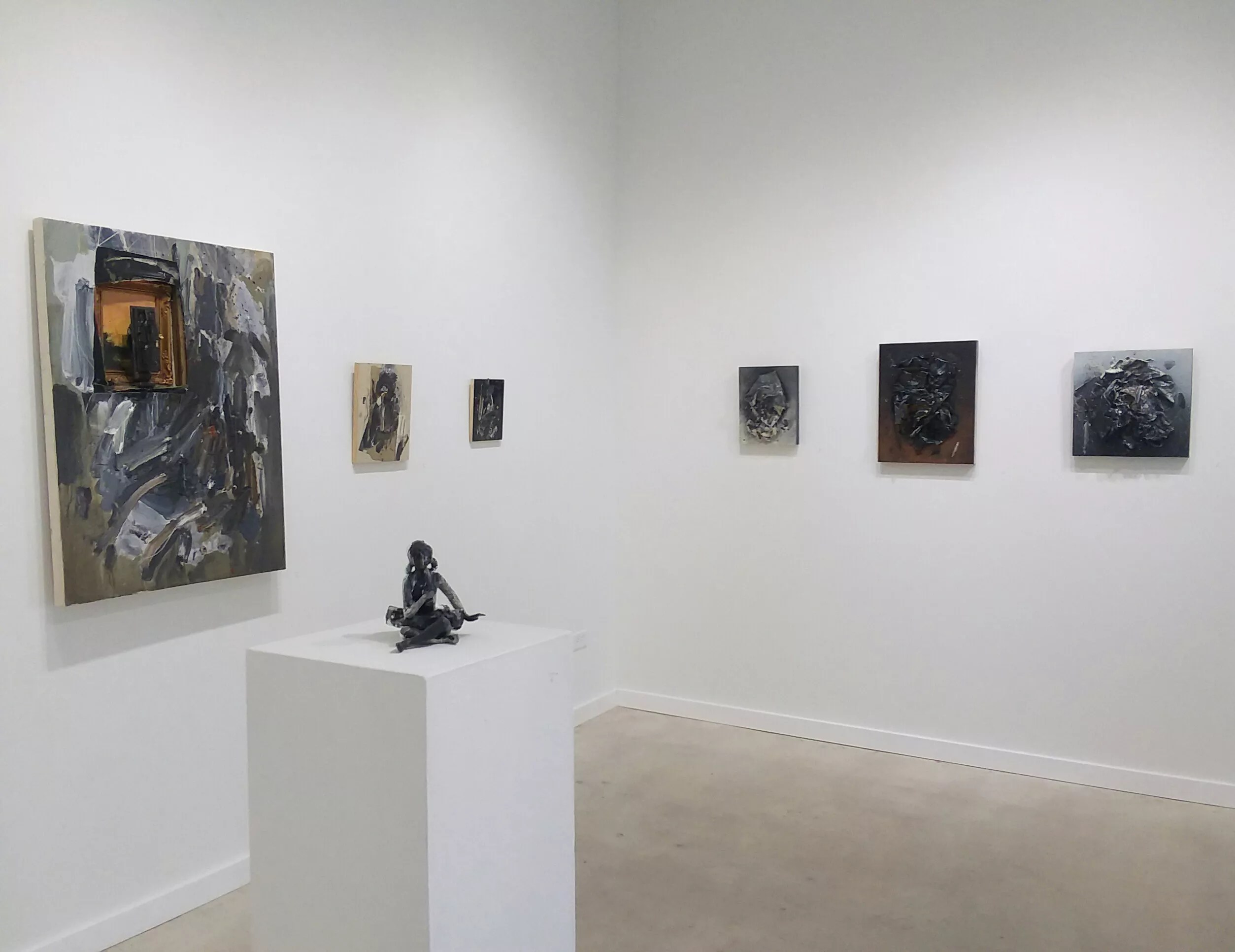
Courtesy Charles Livingston

Audio By Carbonatix
One of the biggest stories in the Denver art world over the past year has been the displacement of its alternative spaces and other ad hoc galleries owing to big rent increases. Just a year ago, the corner of West 37th Avenue and Navajo Street was the heart of the scene with Edge, Next, Pirate and Zip 37 all mounting contemporary art exhibits, showing work by some of the best-known artists in the city along with kids right out of art school.
Now only Zip 37 remains. The first to decamp was Edge, which is now located at 999 Vallejo Street, in the Prism complex. Then Next jumped ship, moving to 6851 West Colfax Avenue, in Lakewood’s 40 West redevelopment area. And a month later, Pirate also relocated to 40 West, finding a spot a few blocks away, at 7130 West 16th Avenue.
Pirate had been at the Navajo Street location since 1982, so the move was a big deal. The only original member still involved is Phil Bender, and recalling that the group’s very first exhibit way back in 1980 had been an open show, the decision was made to launch the new era in Lakewood with another free-for-all in which anyone who entered got to have a piece on view. The result, on display during the first half of July, was one of the worst shows I’ve seen in the last twenty years, but it did pack in the crowds, and handily communicated Pirate’s new address to the broader community – though a juried show would have done the same thing, without the eye damage.
If the show was bad, the new space was an immediate hit. Despite the much more remote location, this former warehouse is a vast improvement over the old storefront; the Pirates handsomely rehabbed the interior with help from grants from both 40 West and Meow Wolf. Visitors enter into the Associates Space: a handsome and capacious room, unlike its former home, which was a dank and awkward mess. Then there’s a corridor with a kitchen to one side, and beyond, the enormous Members Space, which is also much better than its predecessor.

Eric Anderson
Courtesy Eric Anderson
The solo shows that are now up do justice to Pirate’s new home. The exhibit in the Associates Space, Perception(s): Recent Work by Eric Anderson, looks like a group show, as there are three wholly separate bodies of work: conceptual wall sculptures made from found life jackets covered in concrete powder; figural abstracts; and incredible conceptual abstractions. Emerging artist Eric Anderson has appropriated blobs of paint from the bottom of industrial paint drums, attached them to wooden panels, and then painted over them – and the results are sensational. The way this screws with the whole idea of abstraction being a way to tap into an artist’s subconscious is delicious, since that’s not what’s going on at all. I’d love to see some bigger pieces; I think they’d scale up beautifully.
A short wall in the corridor leading to the main gallery is being used as a spot for guest artists. In this case, it’s Samuel Mata, who presents a nice selection of tiny collages made from small bits of photos arranged into abstract compositions.

Courtesy Charles Livingson
The main event is the member show: Quantum: Charles Livingston. During the last couple of years, Charles Livingston has emerged as a key player among the Pirate members; he found the new place and oversaw he rehab. For his room-sized installation, called “Sensory Pod,” Livingston built a wooden armature over which he stretched old bicycle inner tubes as though they were giant rubber bands; they form the walls of four chambers within a structure that has an overall triangular footprint. Access to these chambers is through slits in the walls (one of the openings is too narrow for most viewers to get through, though the others are not as slim). Inside, on the facing wall, there’s a video monitor, and above it, a security camera aimed at the space. The monitor shows the image from a camera capturing the view of a different space. On the walls surrounding the installation are works on paper: simple geometric compositions done using scraps of wood left over from the project as printing blocks. I’m not sure what Livingston means by it all, but the work is captivating and very elegant.

Courtesy Charles Livingston
For those who were concerned that the move to Lakewood would mark the end of Pirate as a place to see cutting-edge art by some of the city’s most interesting artists – and I heard from some of these naysayers – the Anderson and Livingston shows should put those fears firmly to rest. They run through August 6 at 7130 West 16th Avenue; call 303-458-6058 or go to pirateartonline.org for hours and information.